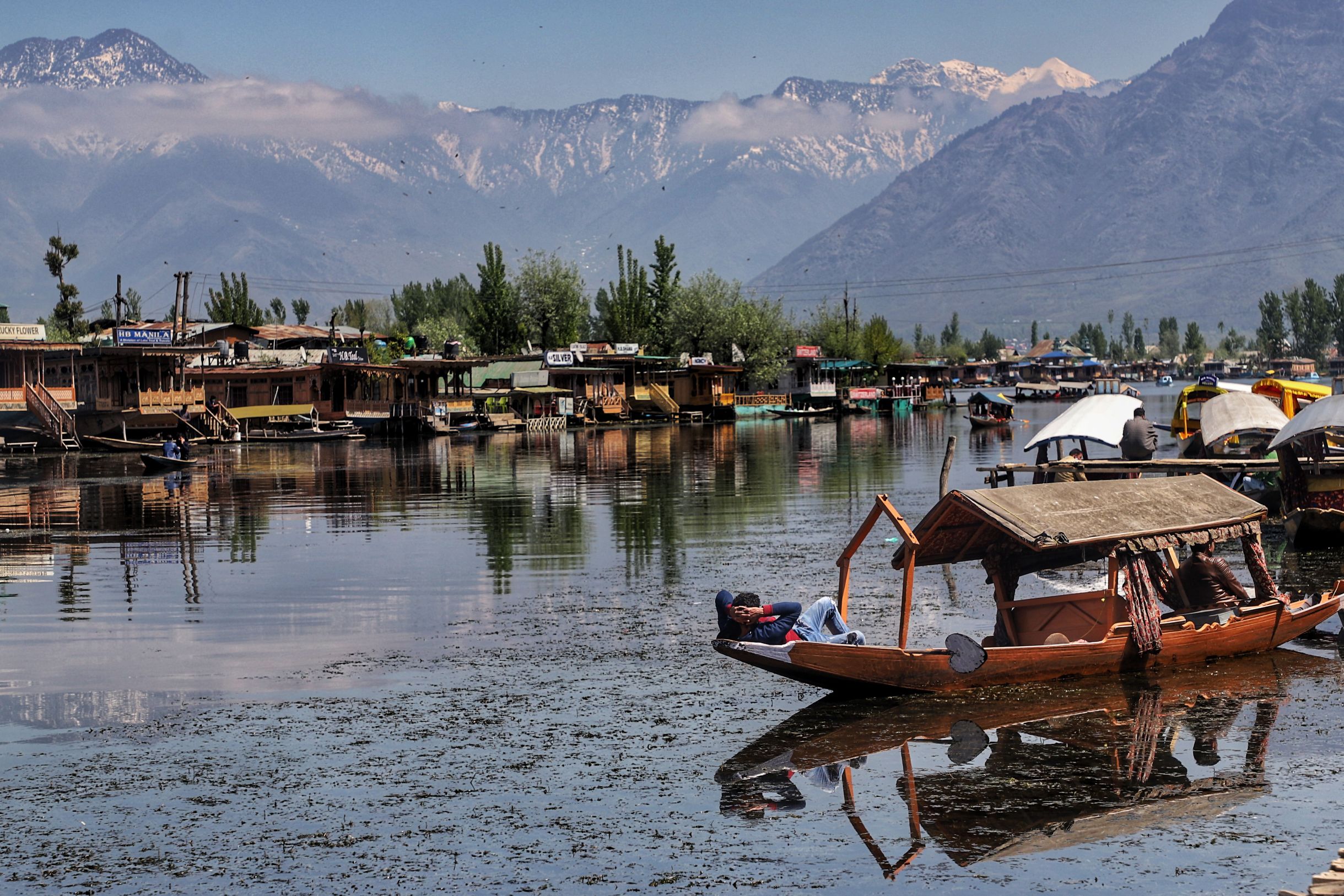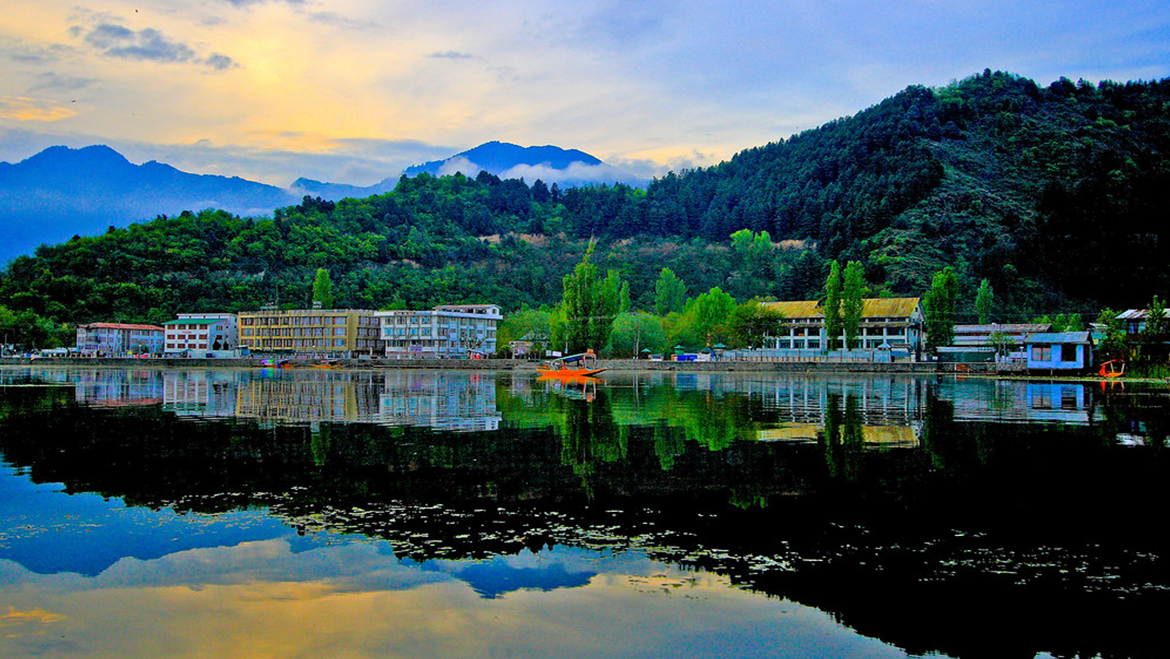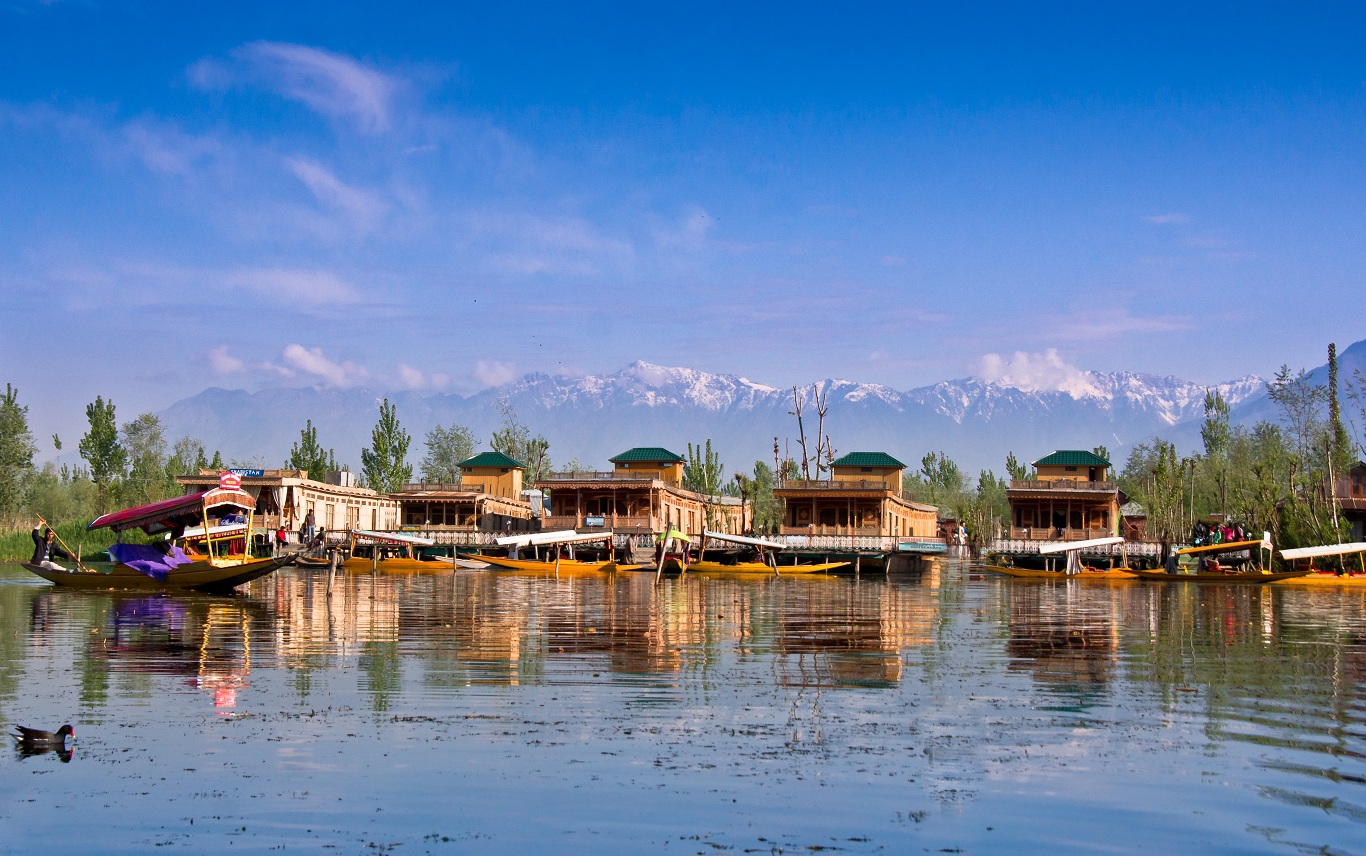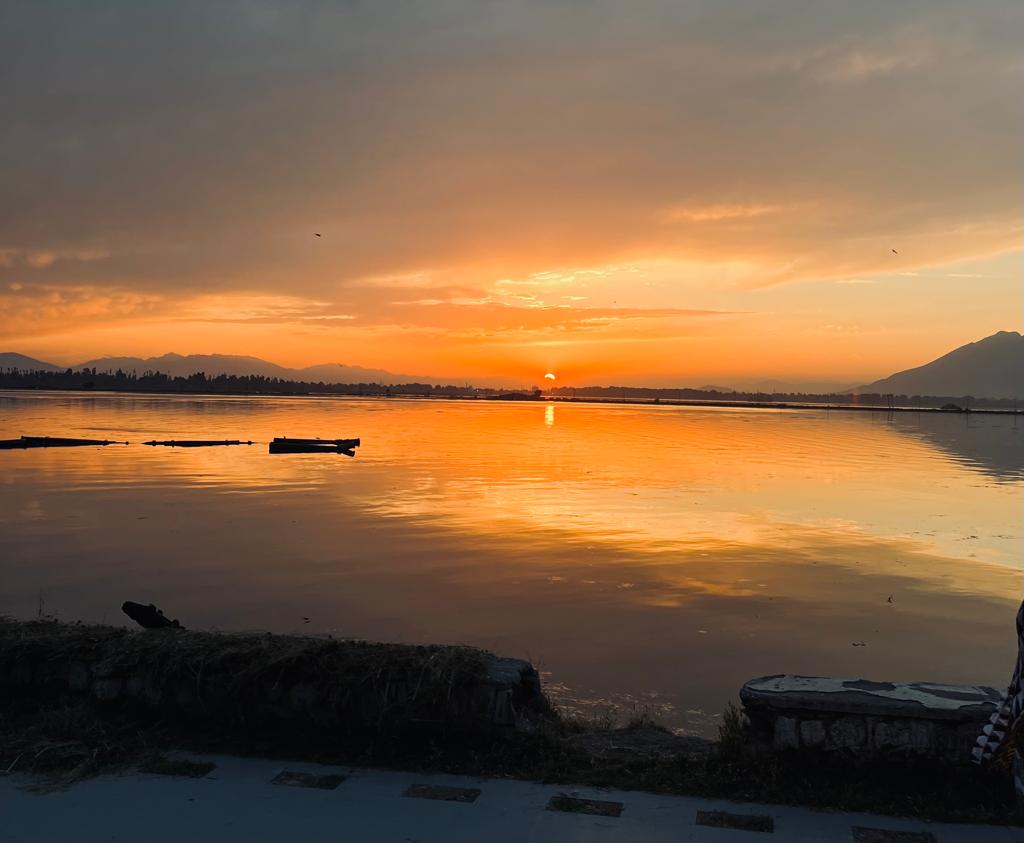


Dal Lake
Dal is the most
visited place in Srinagar by tourists and locals. Over 15 Kms around, Dal Lake is
Srinagar’s jewel, a vast sheet of water reflecting the carved wooden balconies
of the houseboats and the misty peaks of the Pir Panjal Mountains. Flotillas of
brightly painted shikaras move around the lake, transporting goods to markets,
children to school and travelers to delightful houseboats inspired by originals
from the Raj era.
Srinagar Tourism is famous for its stunning
Dal Lake that's why it is placed on top of the list of places to visit in
Srinagar. Spread over an area of 26 sq km, it is widely known for its
houseboats and Shikaras. Surrounded by lush green surrounding mountains and
beautiful Mughal Gardens, the lake offers many picturesque views that leave
every tourist awestruck. It is an ideal location for swimming, kayaking,
canoeing, angling and Shikara boat riding. It also offers impeccable views of
sunrise and sunset.
Some
historical aspects of the Dal Lake: Dal Lake is mentioned as Mahasarit in ancient Sanskrit texts.
Ancient history records mention that a village named Isabar to the east of Dal
was the residence of goddess Durga.
During
the Mughal period, the Mughal rulers of India designated Kashmir, Srinagar in
particular, as their summer resort. They developed sprawling Mughal-type
gardens and pavilions as pleasure resorts to enjoy the cool climate on the
perpheri of the Dal Lake. At the fall of Mughal Empire, Durranis of Afghanistan
took control of the place. In 1814 a significant part of the Kashmir
valley, including Srinagar, was annexed from the Afghans by Maharaja Ranjt
Singh to his kingdom, and the Sikhs grew in influence in the
region for 27 years. During the Dogra
raj, Srinagar became the capital of Dogra territory, attracted by the cool
climate of the Kashmir valley, amidst the back drop of the majestic snow
covered Himalayan ranges.
The
lake surroundigs experience temperatures in the range of 1–11 °C during
winter and 12–30 °C during the summer season. The lake freezes when
temperatures drop to about −11 °C during severe winter. Although
the Dogra Maharaja of Kashmir restricted the building of houses in
the valley, the British circumvented this rule by commissioning lavish
houseboats to be built on the Dal. The houseboats have been referred to as,
"each one a little piece of England afloat on Dal."
After
the independence of India, the Kashmiri Hanji people have built, owned and
maintained these houseboats, cultivating floating gardens and producing
commodities for the market, making them the centre of their livelihoods.









